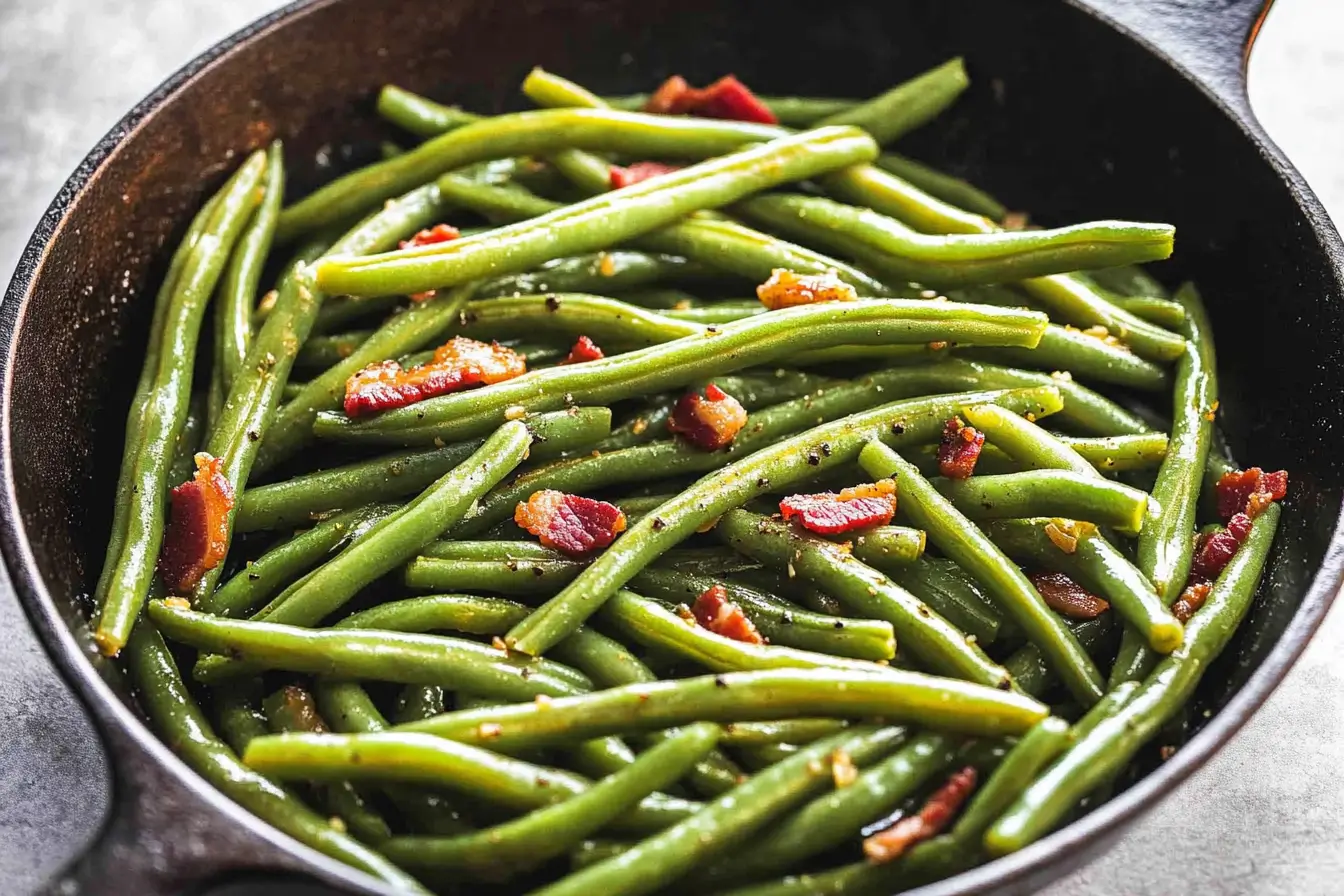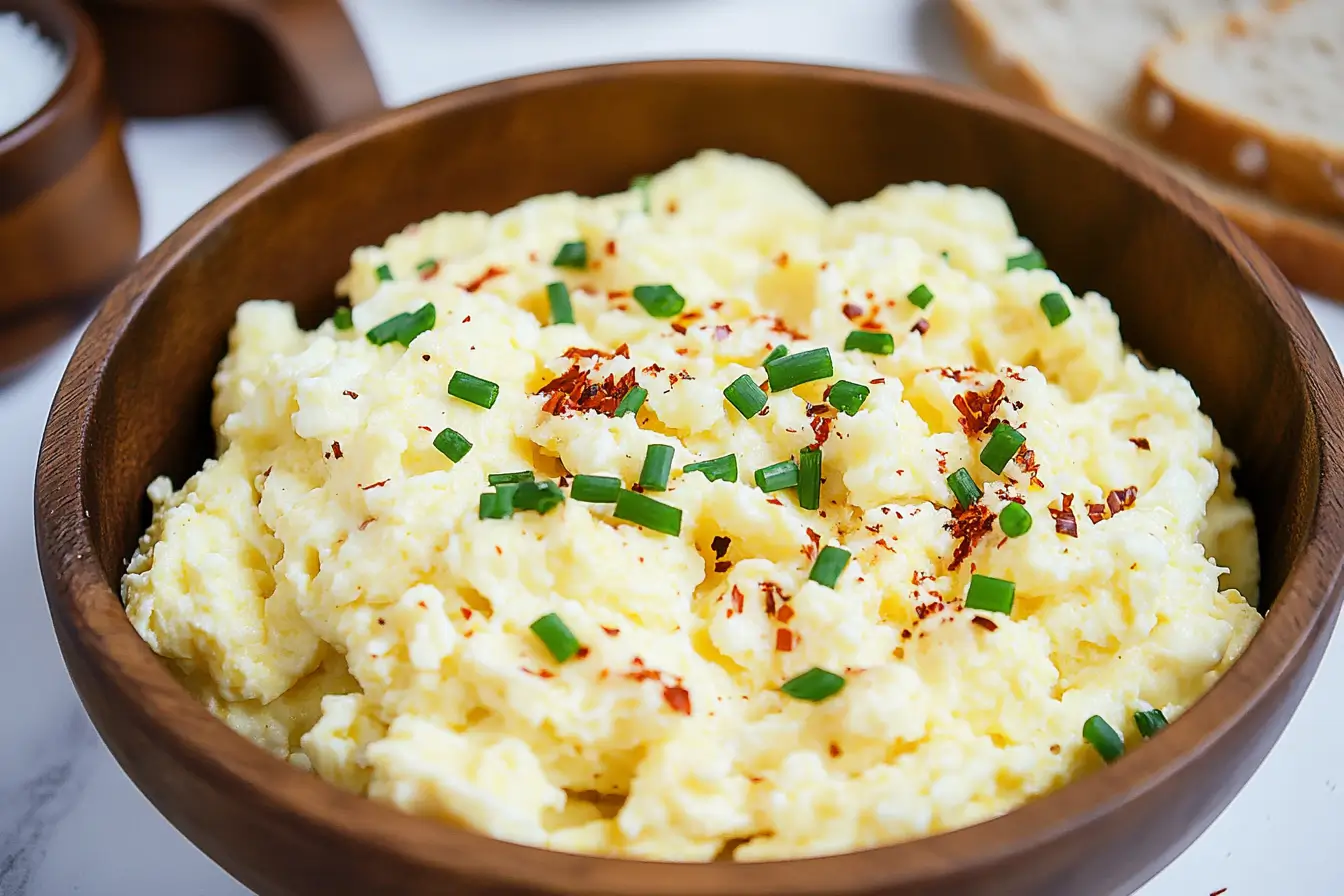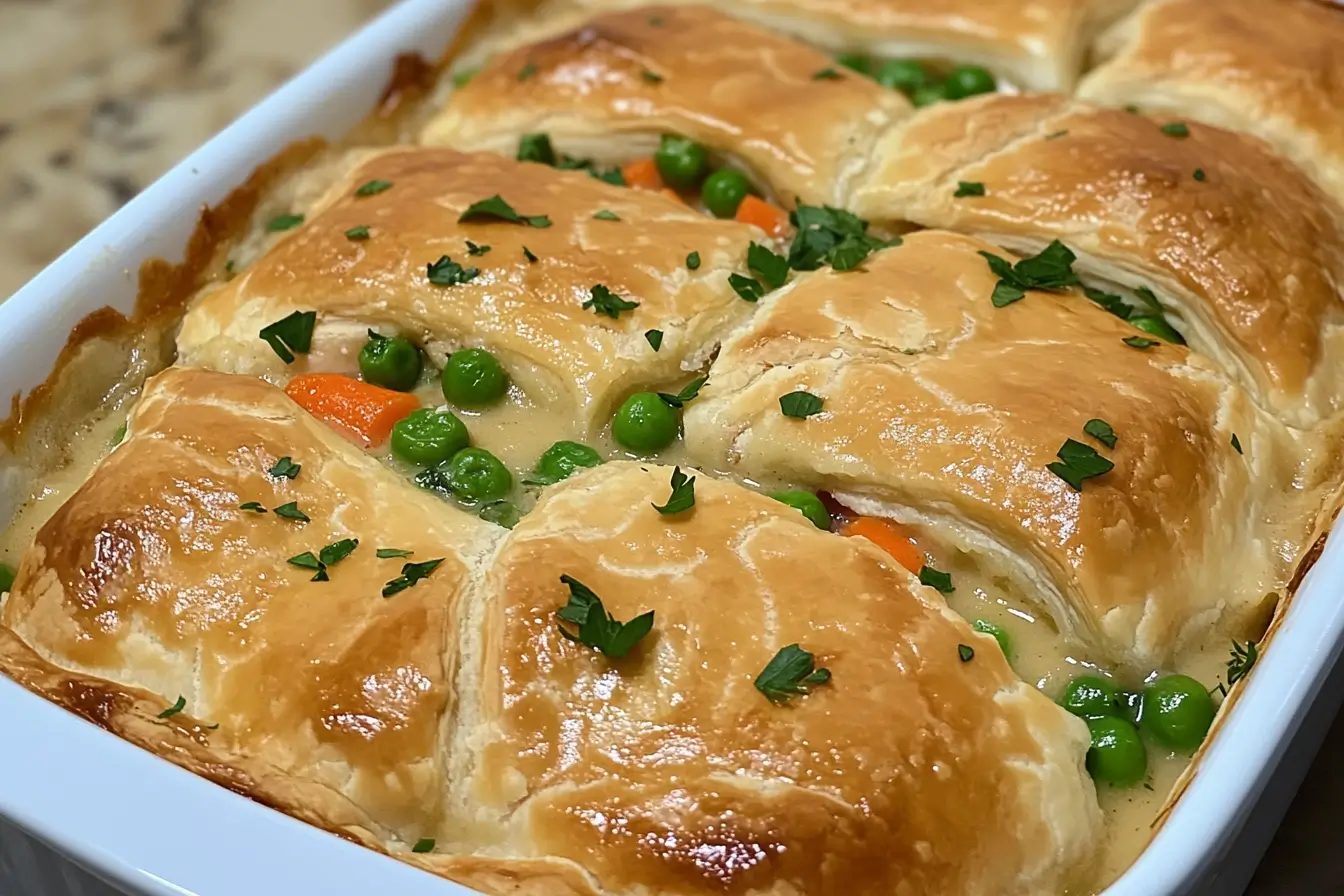It’s disappointing when potato soup lacks flavor, even if you follow the recipe closely. But don’t worry, you can fix it! We’ll dive into common reasons why your soup might be bland and offer easy tips to enhance its taste.
Whether you’re a beginner or an experienced cook, these tips will help you make a potato soup that’s full of flavor and sure to impress.
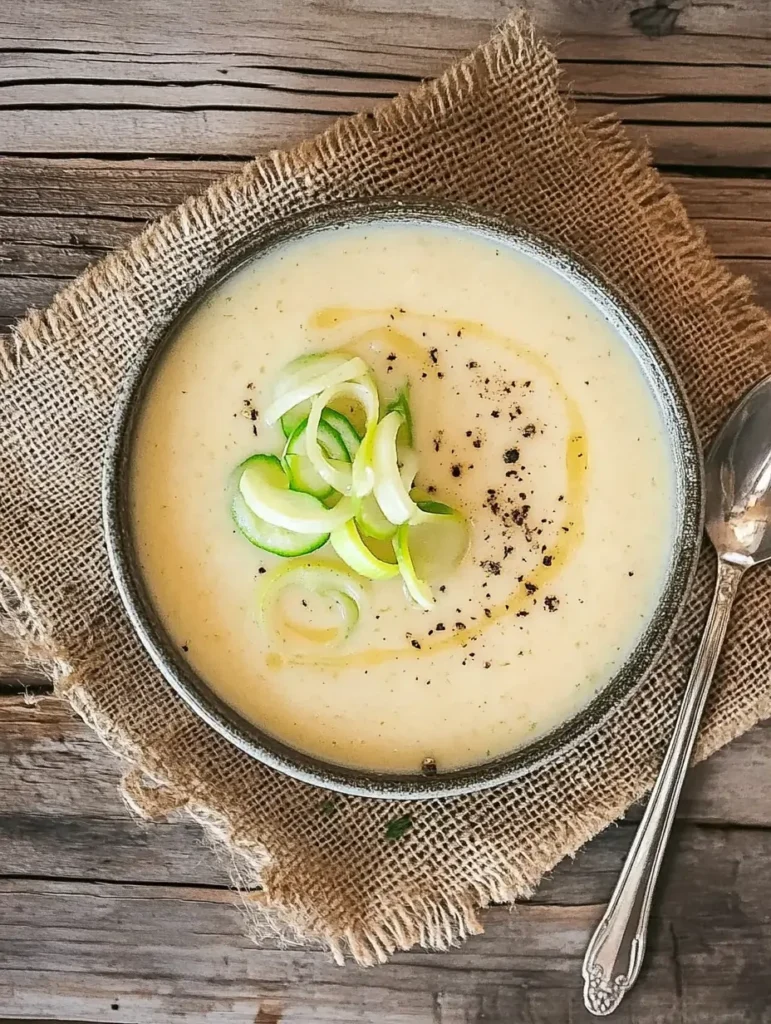
Understanding the Basics of Flavorful Potato Soup
Making tasty homemade potato soup begins with knowing the key ingredients. Let’s look at the important parts and methods to make your soup delicious.
The Role of Base Ingredients
The base of a tasty potato soup is its ingredients. Pick good potatoes like Yukon Gold or Russet for the right texture. These potatoes have the right mix of starch and taste. Add onions, celery, and garlic for a strong flavor.
Importance of Proper Cooking Techniques
Cooking potatoes right is key for the best taste and texture. Start by cooking your aromatics to bring out their flavors. Then, add potatoes and cook until they’re tender but not too soft. This makes your soup smooth and flavorful.
Essential Flavor Building Blocks
To make a flavorful potato soup, add important ingredients. Use a rich broth instead of water. Season with salt as you cook and add herbs like thyme or oregano. For more flavor, squeeze some lemon juice or sprinkle cheese before serving.
By following these tips, you’ll make a delicious homemade potato soup. It will surely impress your loved ones.
Common Seasoning Mistakes in Potato Soup
Potato soup can easily become underseasoned if you’re not careful. One of the biggest mistakes is not using enough salt and pepper. These basic seasonings are crucial for bringing out the flavors in your soup. Don’t be shy with them – taste as you go and adjust accordingly.
Another common error is overlooking herb combinations. Herbs like thyme, rosemary, and sage can add depth and complexity to your potato soup. Experiment with different herb blends to find your perfect flavor profile. Remember, fresh herbs pack more punch than dried ones.
Timing is everything when it comes to seasoning. Adding all your spices at the end can result in a flat-tasting soup. Instead, layer your flavors throughout the cooking process. Start with aromatics like onions and garlic, then gradually add your herbs and spices as the soup simmers.
- Use enough salt and pepper
- Experiment with herb combinations
- Season throughout the cooking process
- Taste and adjust as you go
By avoiding these common seasoning mistakes, you’ll be well on your way to creating a flavorful potato soup that’s anything but bland. Remember, it’s easier to add more seasoning than to fix an over-seasoned soup, so start conservatively and build up your flavors gradually.
Why Does My Potato Soup Have No Flavor
Flavorless soup can be really disappointing. If your potato soup tastes bland, there are a few reasons why. We’ll look at common causes and how to make your soup taste better with the right cooking methods.
Using Water Instead of Broth
One big reason for bland soup is using water as the base. Water can make your ingredients taste weak. Try using chicken stock or vegetable broth instead. This simple change can make a big difference in taste.
Insufficient Salt and Seasoning
Seasoning is key for a tasty potato soup. Don’t hold back on salt and pepper. Season throughout cooking, not just at the end. Adding herbs like rosemary and spices like paprika can also boost the flavor.
Lack of Aromatics
Aromatics are the heart of a good soup. Start by sautéing onions, carrots, celery, and garlic. This step releases their flavors, making your soup base richer. For an extra smoky flavor, add pancetta.
Undercooked Ingredients
Make sure your potatoes are fully cooked. Raw potatoes won’t release their starches, affecting taste and texture. Simmer them in broth for about 15 minutes. For creaminess, puree half the soup.
- Use 2.5 lbs of gold potatoes for a creamy, flavorful soup
- Include twice as many onions as carrots and celery
- Add Parmesan cheese for a nutty, pungent flavor
- Finish with crispy pancetta, chives, and sour cream
By fixing these problems, you can turn your bland potato soup into a delicious meal. It will serve 4 to 6 people. With these tips, your potato soup will taste like it’s from a restaurant.
The Art of Building Layers of Flavor
Making a flavorful potato soup is like creating a work of art. It starts with sautéing aromatic veggies and ends with adding umami and herbs. With these steps, a simple soup can become a rich, satisfying dish.
Sautéing Aromatics Properly
The base of flavor comes from sautéing aromatic veggies. Leeks, onions, and garlic are essential. Cook them slowly until they’re soft and golden. This makes them sweet, adding flavor to your soup.
Incorporating Umami Elements
Umami makes your soup rich and deep. Use Parmesan cheese rinds, soy sauce, or dried mushrooms. These add a savory taste that makes your soup stand out.
Adding Depth with Herbs and Spices
Herbs and spices are the last step in adding flavor. Fresh thyme, rosemary, and smoked paprika can change your soup’s taste. Add them at different times to make the flavor complex and satisfying.
- Start with aromatic vegetables as your flavor base
- Add umami elements for depth and richness
- Use herbs and spices to create complexity
- Taste and adjust seasonings throughout cooking
Building flavor takes time. Taste as you go. With practice, you’ll make delicious potato soup like a pro in your kitchen.
Essential Ingredients for Flavorful Potato Soup
Starting a tasty potato soup recipe means picking the right ingredients. The base of any good potato soup is high-quality potatoes. Yukon Gold potatoes are great because they’re creamy and keep their shape while cooking.
For a plant-based option, ditch the chicken stock and heavy cream. Use vegetable broth and white beans instead. They thicken the soup and add protein. Don’t forget to add onions and garlic for a strong flavor.
Here’s what you need for a delicious potato soup:
- 3 pounds Yukon Gold potatoes
- 1 large white onion
- 4 garlic cloves
- White beans (for thickening)
- Vegetable broth
- 3 tablespoons olive oil
- Fresh herbs (thyme, basil, or oregano)
For even more flavor, try these extras:
- White wine vinegar
- Lemon juice
- Dijon mustard
These ingredients can make your potato soup amazing. The secret to a great soup is balancing flavors and using top-notch ingredients. With these, you’ll make a hearty soup for 4-6 people in about 45 minutes.
Proper Cooking Techniques for Enhanced Taste
Cooking potatoes right is crucial for a tasty potato soup. Choose the right potato type. Russet potatoes are best for creamy soups because they’re high in starch. Red or white potatoes are better for chunky soups.
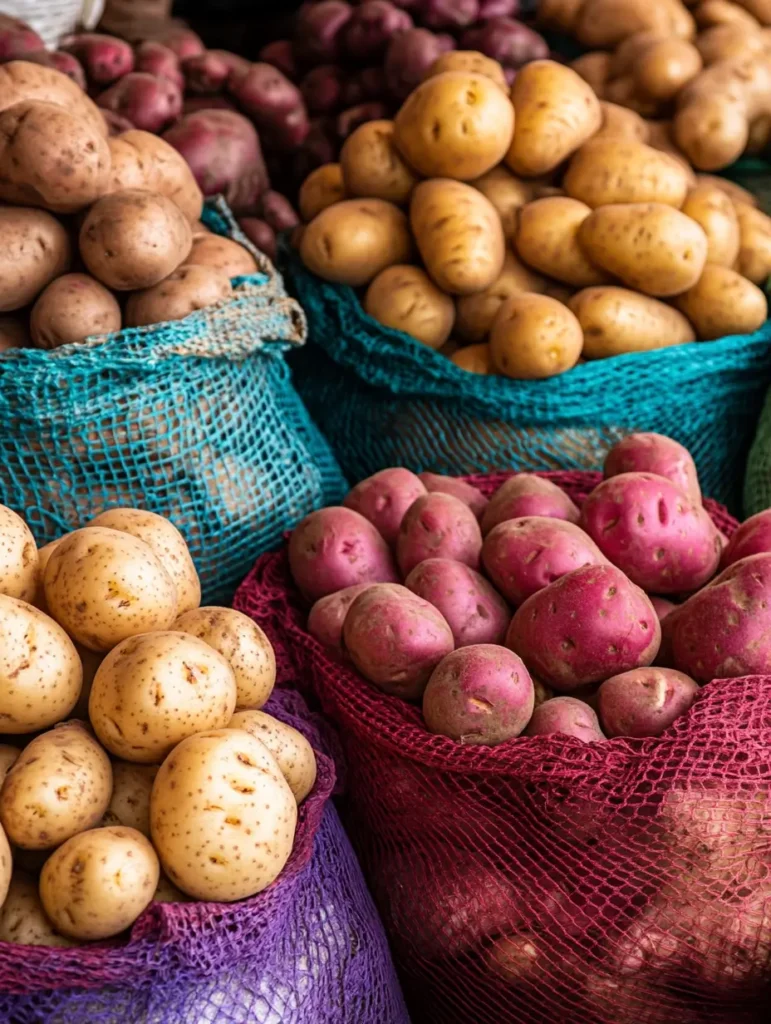
Temperature Control
Simmer your potatoes until they’re tender. This slow cooking lets flavors fully develop. Avoid boiling, as it can make potatoes mushy and the soup watery.
Timing Your Ingredients
Add ingredients at the right time for the best flavor. Start with onions and garlic. Cook them until soft before adding potatoes and broth. This layering builds a rich flavor base.
Blending Methods
Blending techniques change your soup’s texture. Use an immersion blender for better control. For a smooth soup, blend in batches with a high-powered blender. Strain through a fine-mesh sieve to remove fibrous bits.
A perfect potato soup balances flavor and texture. Try different cooking and blending methods to get your ideal soup. Season generously throughout cooking for the best taste.
Adding Creative Flavor Enhancers
Make your potato soup stand out with creative flavor boosters. These can turn a simple dish into a masterpiece. Let’s look at some ways to make your soup taste amazing.
Dairy-Based Additions
Dairy can make your soup richer. Add a dollop of sour cream or a splash of heavy cream. Grated cheese, like sharp cheddar or Parmesan, adds a savory touch. These are great as toppings too.
Vegetable Combinations
Adding different veggies boosts flavor and nutrition. Sautéed carrots and celery make a tasty base. Roasted garlic adds a sweet flavor. Chopped kale or spinach adds freshness.
Protein Options
Protein makes your soup more filling. Try crispy bacon bits or diced ham. For something different, add flaked salmon or shredded chicken. These not only taste great but also make your soup healthier.
Remember, the secret to a great potato soup is trying new things. Mix and match these boosters to find your favorite comfort food.
Troubleshooting Common Flavor Issues
Fixing bland soup can be tricky, but with a few simple tricks, you can transform a lackluster dish into a flavorful masterpiece. The key to adjusting seasoning lies in understanding common flavor issues and knowing how to address them.
One frequent problem is watery consistency. To fix this, try simmering your soup uncovered to reduce liquid or add a thickener like flour. Remember, soup consistency plays a crucial role in overall taste perception.
If your potato soup lacks depth, consider these tips:
- Add umami-rich ingredients like bacon or mushrooms
- Incorporate dried herbs such as thyme or basil
- Use chicken broth instead of water for a richer base
For overly salty soups, try adding starch like rice or noodles to absorb excess salt. If your soup is too spicy, balance it with a touch of dairy or coconut milk. When dealing with bitterness, a pinch of sugar or honey can work wonders.
Tips for Achieving Restaurant-Quality Taste
Want to make gourmet potato soup at home? Let’s explore some chef techniques to elevate your soup. Professional kitchens have secrets to create unforgettable flavors.
Professional Chef Secrets
Chefs build flavor from the start. They use lots of onions, garlic, and herbs. But, about 70% of home cooks don’t sauté these properly, missing out on deep, rich flavors.
Quality Ingredient Selection
High-quality ingredients are key. Choose fresh, in-season potatoes and homemade stock. Nearly 80% of home cooks skip this crucial step.
Don’t be afraid to splurge on artisanal cheeses or heirloom potatoes. They’ll make your soup taste better.
Timing and Temperature Control
Timing is crucial in soup-making. About 40% of home cooks overcook their veggies, ruining texture and taste. Keep an eye on temperature too.
Simmer gently to let flavors meld without losing their punch. Some chefs even make soup a day ahead, allowing flavors to deepen overnight.
- Balance flavors with salt, acid, and fat
- Focus on one or two main ingredients
- Use the ladle method to fine-tune seasoning
- Consider unexpected add-ins like coconut milk or exotic spices
By mastering these chef techniques, you’ll be whipping up restaurant-worthy gourmet potato soup in no time. Remember, simplicity often yields the best results – don’t overcomplicate your recipe. Happy cooking!
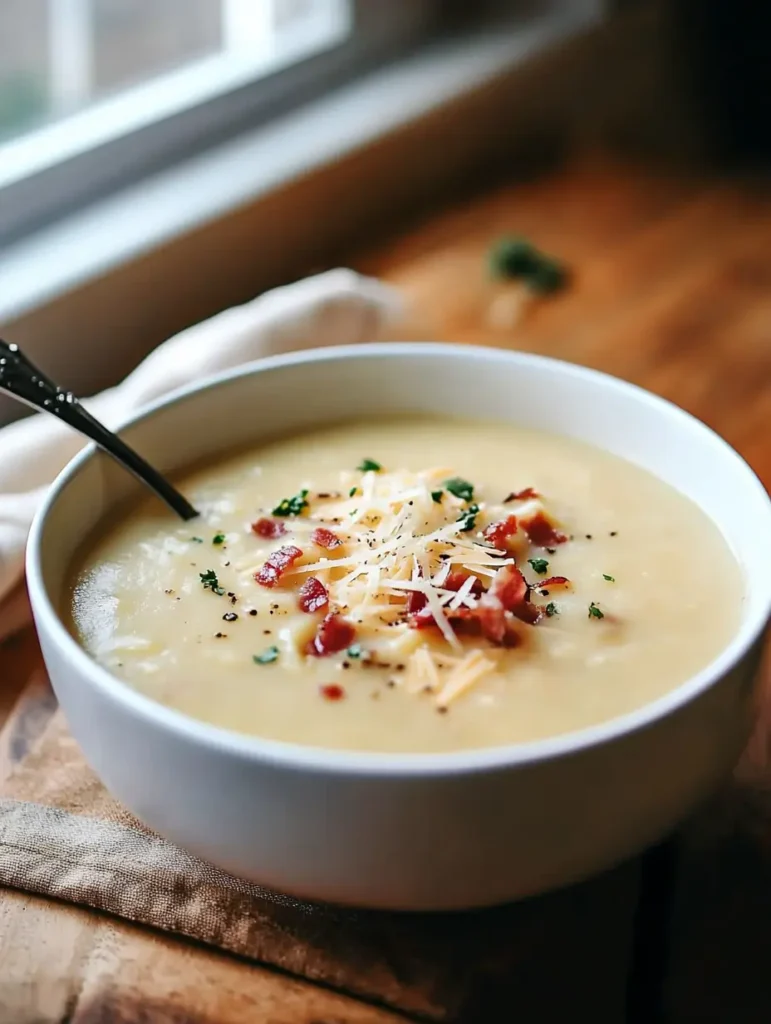
Conclusion
Mastering flavorful potato soup takes detail and a few key tips. Avoid using water instead of broth and don’t undercook ingredients. Proper seasoning is key to avoid bland soups.
Try adding aromatic vegetables, herbs, and spices for more flavor. Sautéing aromatics before adding them to the pot can greatly enhance taste. Adding dairy or umami-rich ingredients can also make your soup better. These steps can turn a simple potato soup into a dish fit for a restaurant.
FAQ
Your potato soup might taste bland if it’s underseasoned or made with water instead of broth. Ensure to sauté aromatics like onions and garlic well, and use flavorful broth. Layering flavors with salt and umami elements like Parmesan cheese will boost the taste.
To fix bland potato soup, add salt in small amounts, and incorporate herbs like thyme or rosemary. Use a flavorful broth instead of water. Sauté aromatics and fully cook the potatoes. Umami-rich ingredients like Parmesan cheese or soy sauce can help enhance the flavor.
Use high-quality potatoes like Yukon Gold, along with aromatic vegetables like leeks, onions, and garlic. Flavorful broth, herbs, dairy (cream or butter), bacon, and cheese can significantly enhance the taste of your soup.
You can enhance flavor without salt by using umami-rich ingredients like mushrooms or Parmesan cheese. Spices such as thyme, rosemary, and paprika also help. Add acidity with a splash of white wine or lemon juice, or try smoky elements like bacon or smoked paprika.


